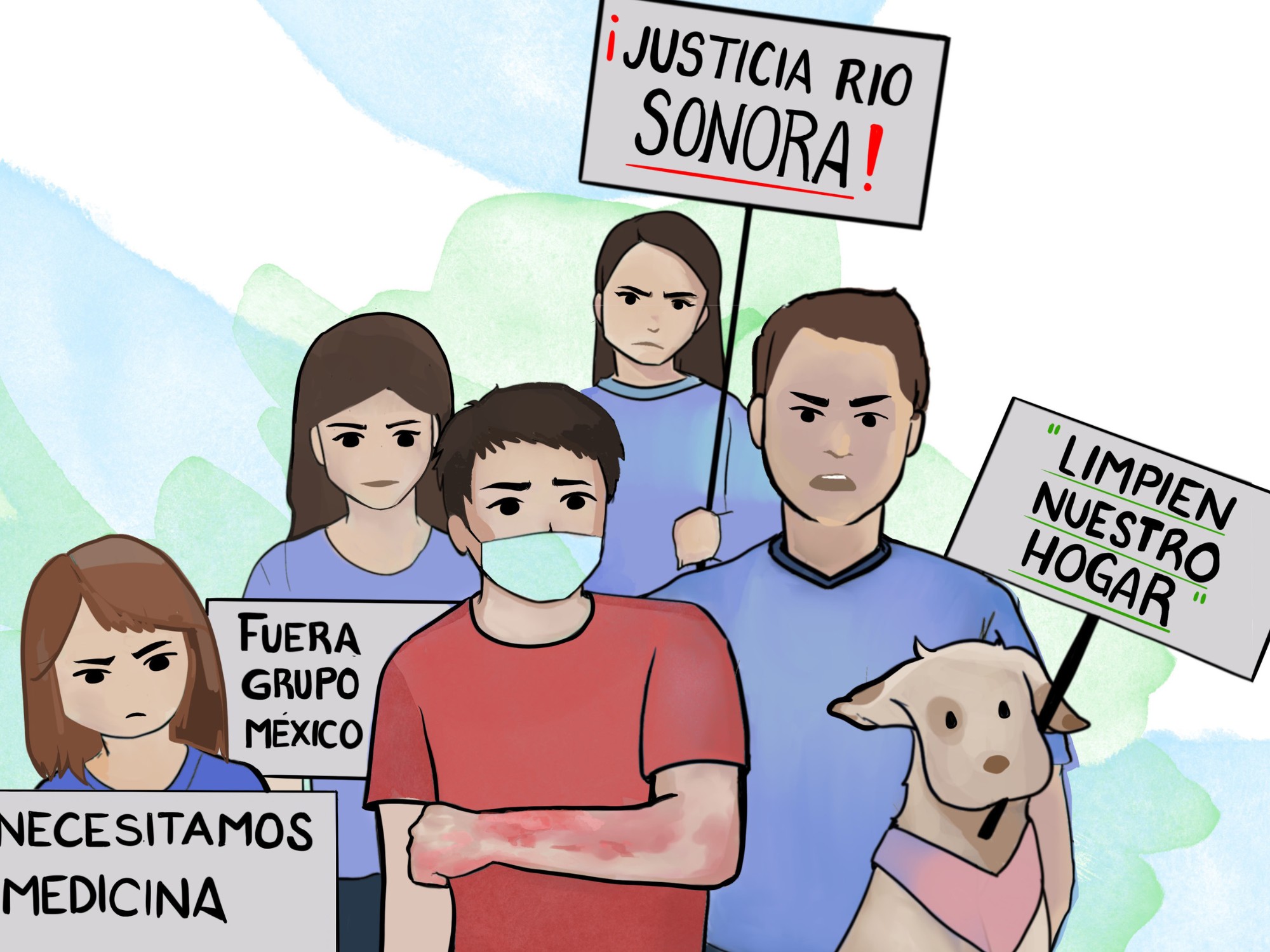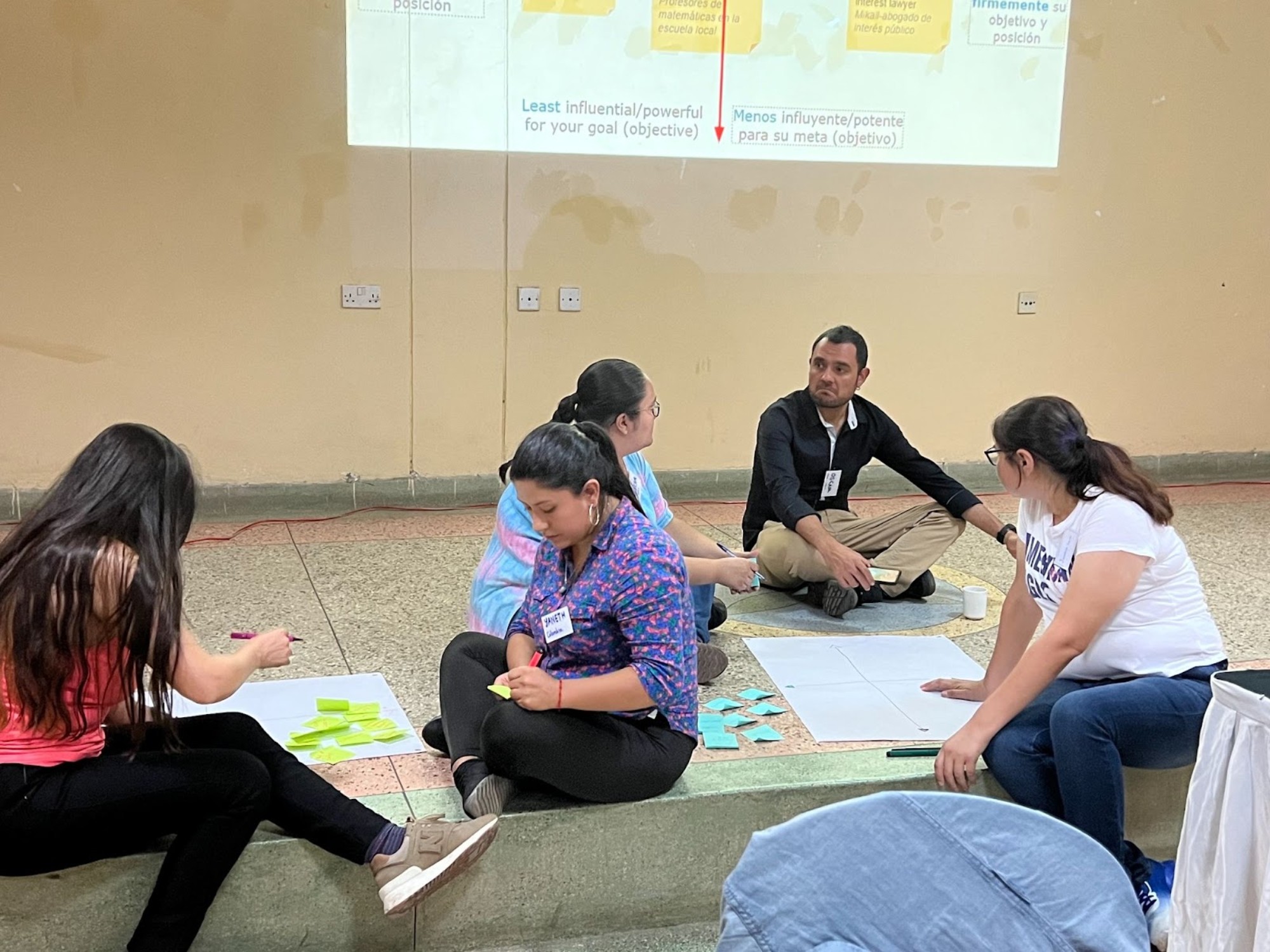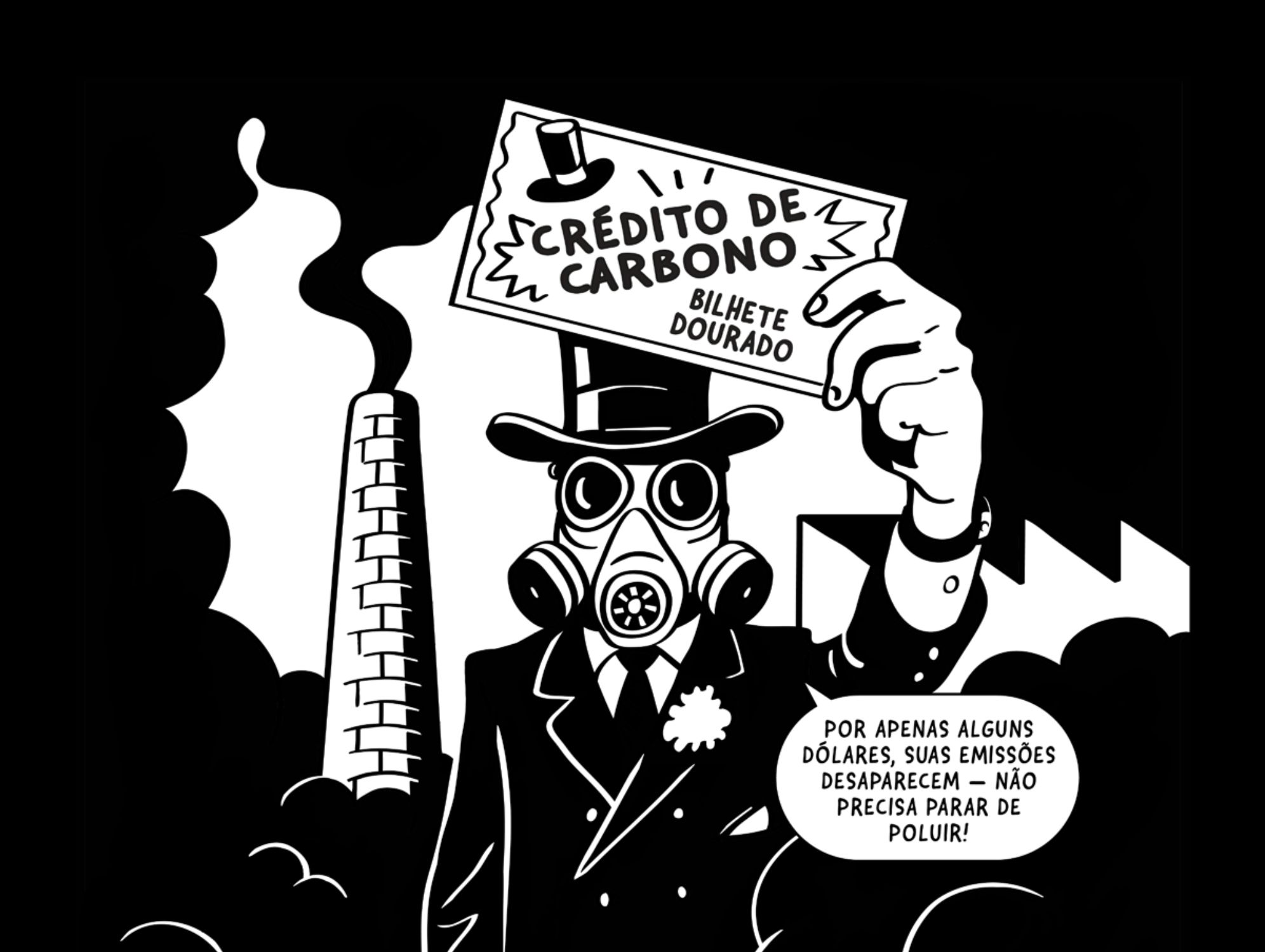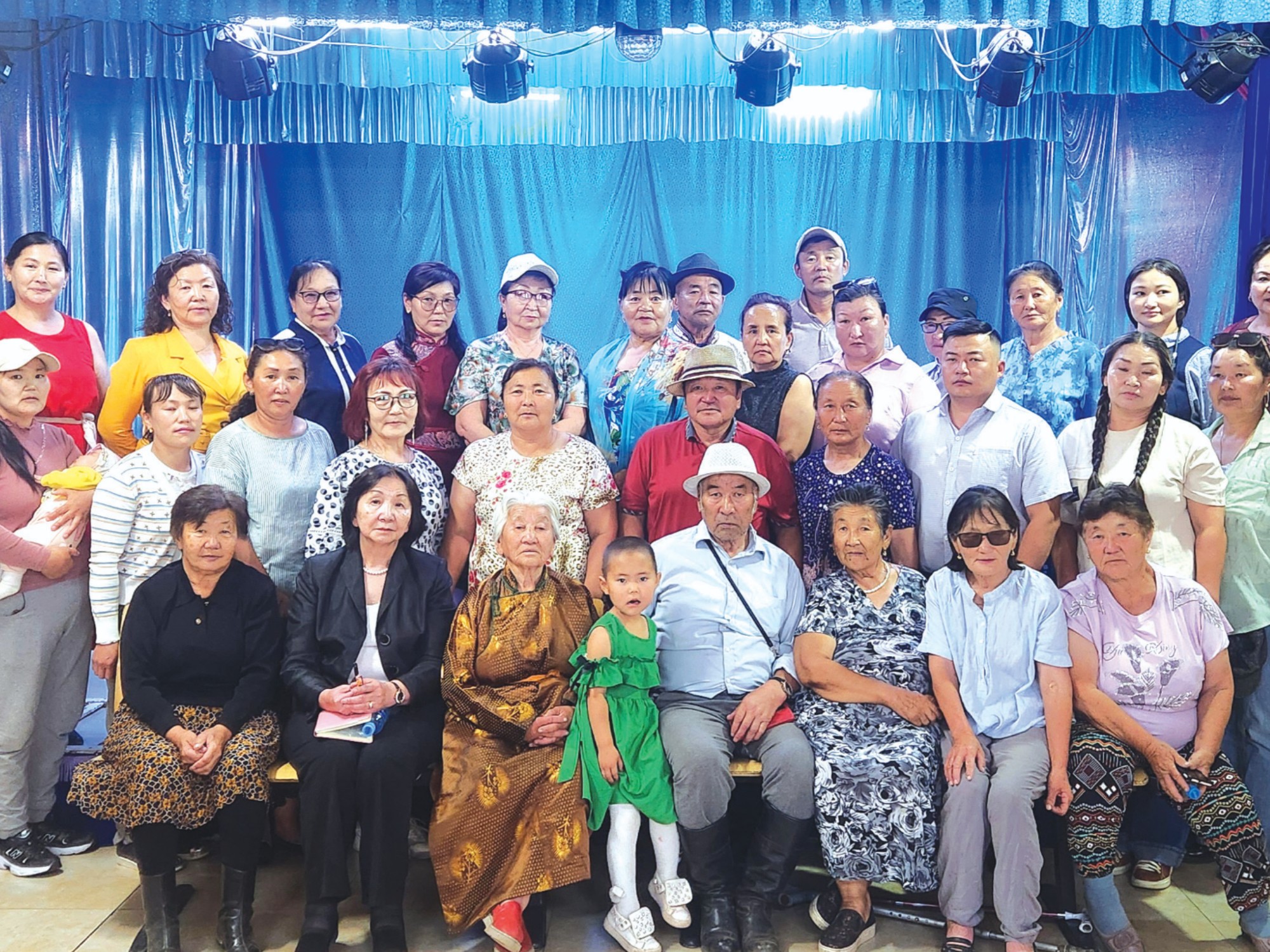Over several months in 2024, CCRS worked with local residents, university students, and the organization PODER to gather testimonies, data, and community knowledge from towns along the Sonora and Bacanuchi rivers. Using interviews, storytelling activities with children, photography, and open dialogue circles with adults, the team documented both the material losses—such as water scarcity, soil degradation, and declining agricultural production—and the non-material harms, including the erosion of community health, loss of trust in public institutions, and fear rooted in corporate and state inaction.
Technical Information on the Process
Research focus
The research examined the combined impacts of climate change and the 2014 Buenavista del Cobre mine spill on the river ecosystems and surrounding communities, looking at environmental degradation, water access, public health, and local livelihoods.
Key findings
- Rising temperatures and shorter rainy seasons are deepening drought conditions in the basin.
- Mining operations control 57% of water rights in the region, leaving aquifers overexploited.
- The 2014 spill released toxic metals (aluminum, antimony, arsenic, barium) that persist in sediments and likely in the food chain a decade later.
- The disaster caused over 20 billion pesos in economic losses, with no adequate remediation.
- Any climate adaptation plan must begin with repairing mining damage in the region.
Community participation and methodology
The process included community visits, household interviews, participatory activities with children, and open-ended conversations with adults to capture lived experiences. This combination of qualitative and visual methods allowed the team to build a rich, community-rooted record of losses and damages.
Challenges and lessons learned
The research faced limited community knowledge of climate change, vast distances and poor connectivity between towns, and difficulties in returning to each locality for follow-up. Still, the process created safe spaces for dialogue, encouraged intergenerational exchange, and strengthened the foundations for collective action.





